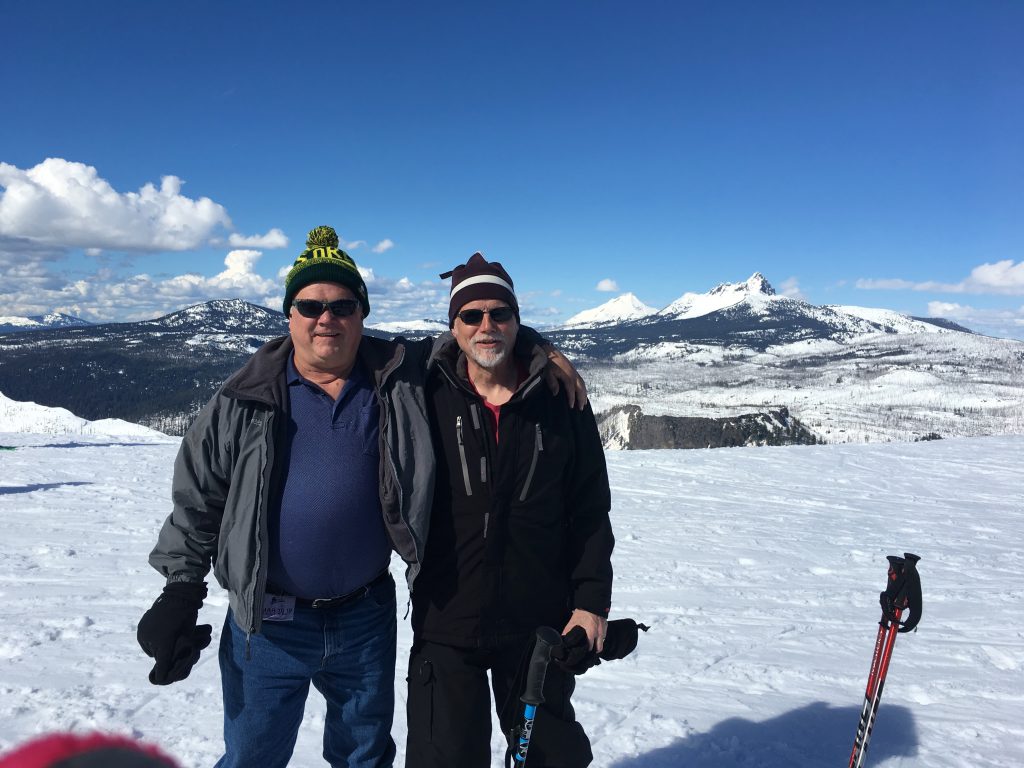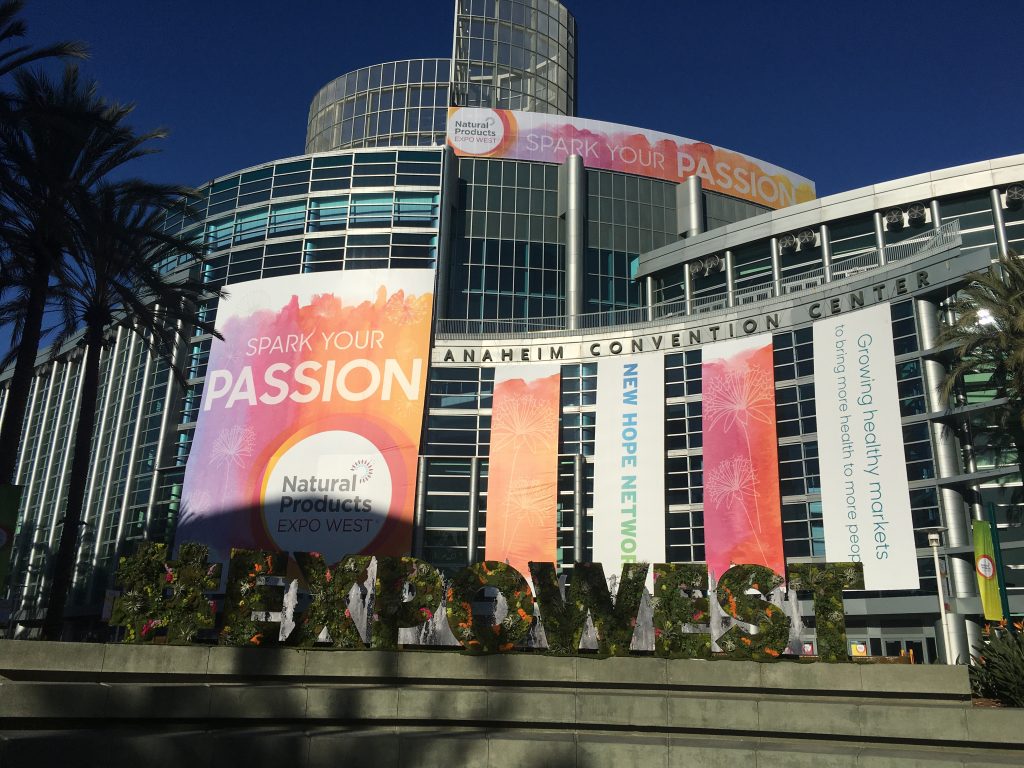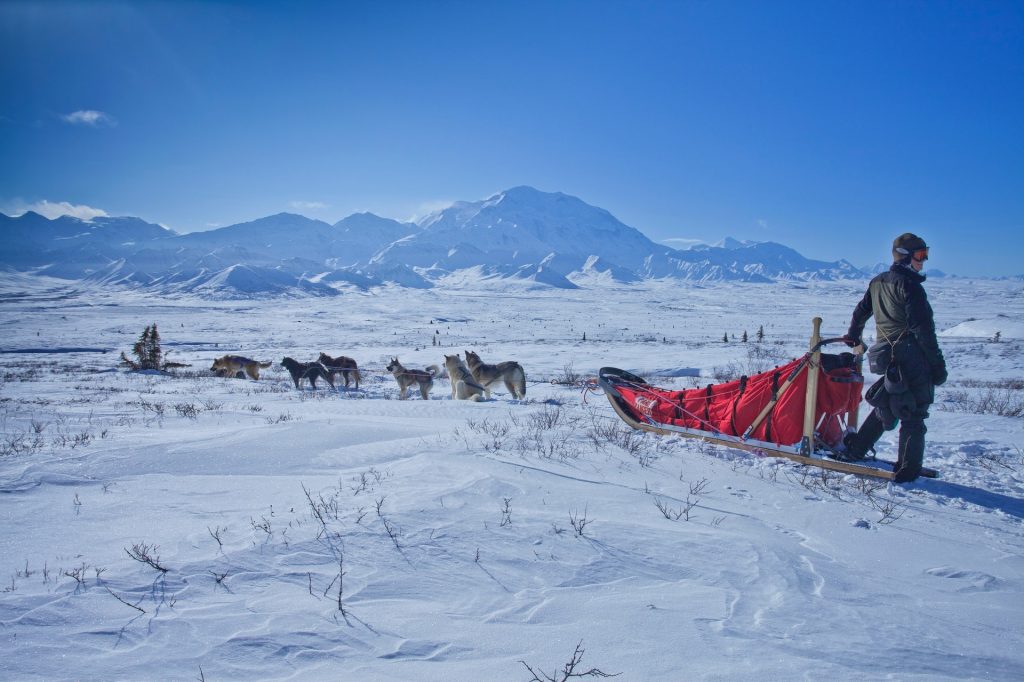The Winter Months
It’s pouring as I write this in my home office in Salem, Oregon. A guy just rode by my window on a bicycle, bundled up against the rain and wind. I took the dog for a walk this morning in the thankfully much lighter rain.
Ah, Oregon! I love it here! In 65 years, I have yet to find a good enough reason to move.
Technically, it’s still Autumn, but the dreary weather has kicked in full force with another four or five weeks until the official arrival of Winter. Seems my bicycle-riding days are over for a while although a sunny day may entice me out for a short ride.
No, my activity meter is revving up for ski season. It’s not that far away. My resort of choice, Hoodoo Ski Bowl, is 89 miles east and is a quick trip up for a day of skiing.

If this were a normal year, we’d likely be neck-deep in tradeshow exhibit projects at TradeshowGuy Exhibits. In the past, we often focused on exhibitors at Natural Products Expo West, which has in the past taken place in the first half of March. This years’ show, eight long months ago, was canceled a couple of days before the opening bell. Lots of exhibitors had their exhibits already set up and hundreds more were either in various stages of being set up or were sitting in unopened crates in their booth space. I spent a day and a half at the show coordinating return shipping for a number of clients then took a mini-vacation to Joshua Tree National Park and visited a few friends and relatives to fill out the scheduled week in southern California.
The 2021 NPEW has been moved to the end of May, although they’re still planning to hold the show live and in-person. Which makes sense, if for nothing else, it’s difficult to do a food sampling show on a virtual platform.
But of course, the possibility of a live food-sampling show six months from now presents its own issues and challenges, not the least of which is: will exhibitors and attendees be willing to commit to the show with enough time to actually pull it off? Given the reaction to a dozen or so NPEW exhibitors I’ve communicated with over the past week, it’ll be a tough call. Some are willing. Others are putting off all shows until 2022. Others are in a wait-and-see mode.
Which means that here at TradeshowGuy Exhibits, like so many other exhibit designers and producers, we’re just trying to make it through the winter.
Even without an active exhibit business, we have some income from other sources, which means we’re one of the lucky few. I know it’s bad for so many people.
I wish you well in 2021. Meanwhile, I’ll be waxing my skis soon, walking the dog in the wind and rain at times, waiting for sunny days.





